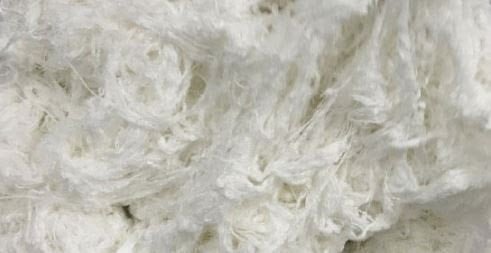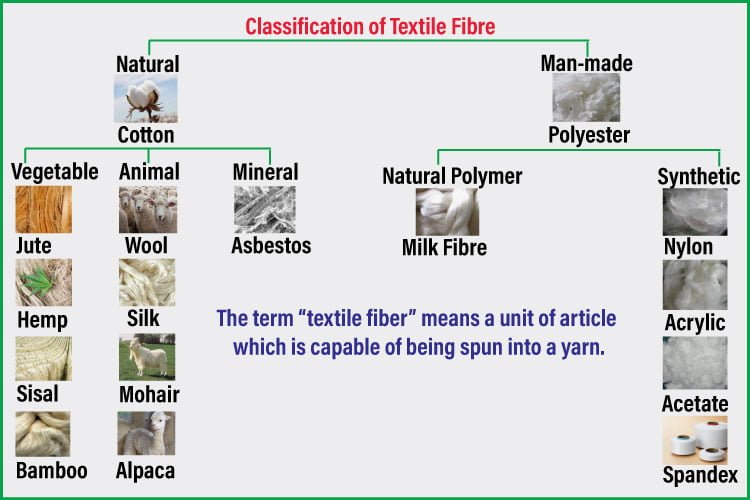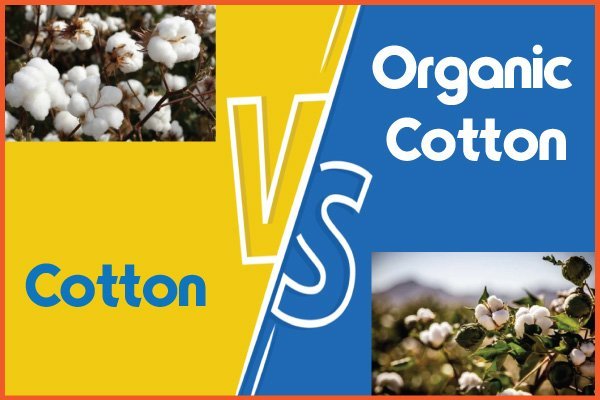Rayon/Viscose Fibre: Physical and Chemical Properties
Last updated on October 13th, 2023 at 09:20 pm
Definition of Rayon Fibre
Rayon is a manufactured regenerated cellulosic fibre. Because it is produced from naturally occurring polymers, it is neither a truly synthetic fibre nor a natural fibre; it is a semi-synthetic fibre. It is known by the names viscose rayon and art silk in the textile industry. It usually has a high lusture quality giving it a bright shine. It contains the chemical elements carbon, hydrogen and oxygen.

Physical Properties
- Strength: It has varying strengths. Regular rayon loses some of its strength when wet. The highly wet molecules of rayon’s are strong.
- Absorbance: Absorbency relies on inner structure of regenerated, cellulose, which is highly amorphous. It can be penetrated readily by water and other aqueous solutions. Due to its absorbency it can be readily dyed and it absorbs perspiration easily. As water enters the fibre, it makes the hydrogen bonds between the molecular chains, pushes them apart and causes the fibre to swell. In this swollen state the fibres are weaker. Garments made of rayon shrink easily and cloths dry steadily.
- Resiliency: It has low resiliency due to the weak hydrogen bonds. Fabrics wrinkle easily unless given a resin finish.
- Thermo Chemical: Same as that of cotton. If temperature is too high it scorches and then burns.
- Density: Same as that of cellulose.
- Conductivity: It is enough to prevent the buildup of static electric charges.
You may like also: Sewing Thread: Definition, types and end uses
Chemical Properties
- Effect of alkali: Strong alkali causes this fibre to swell and loose strength. Weak alkalis do not destroy.
- Effect of Acids: Hot and concentrated acids cause this fibre to disintegrate.
- Miscellaneous: Ultra-violet rays of sun deteriorate this fibre. They are resistant to all insects barring silver fish. Mildew destroys this fibre.



![Top 20 Natural Fibres in Textiles [2025] – Complete Guide.](https://textileapex.com/wp-content/uploads/2025/05/top-20-fibres.jpg)
I like the way you explain stuff. How helpful!